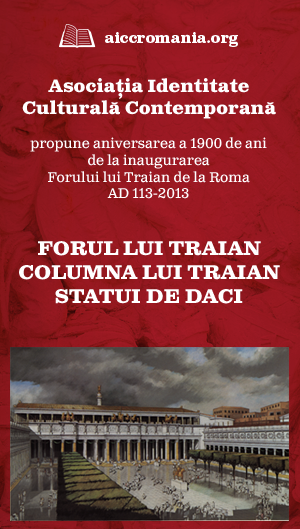Musée du Louvre / Palais Royal, 75001 Paris / louvre.fr
Colossal statue of a Barbarian (Dacian), Louvre Museum, Paris, inv. MA 1381
Place of discovery: Unknown, before 1556 the statue was in the Savelli Palace. In the XVIIIth century the sculpture is mentioned as part of the collection of Villa Borghese in Rome. Since 1808 (or 1810), it is part of the collections of the Louvre Museum in Paris.
Material: body made in ancient red porphyry, head and hands in white marble.
Dimensions: height 2.39 to 2.40 m
The state of conservation: the statue was restored in 1616 by the Italian sculptor Pietro Bernini.
Date: first quarter of the IInd century AD.
Typology: Barbarian - Dacian.
Colossal statue of a Barbarian (Dacian), Louvre Museum, Paris, inv. MA 1385
Place of discovery: Unknown, before 1556 the statue was in the Savelli Palace. In the XVIIIth century the sculpture is mentioned as part of the collection of Villa Borghese in Rome. Since 1808 (or 1810), it is part of the collections of the Louvre Museum in Paris.
Material: body in ancient red porphyry, head and hands in white marble.
Dimensions: height 2.39 to 2.40 m
The state of conservation: the statue was restored in 1616 by the Italian sculptor Pietro Bernini.
Date: first quarter of the IInd century AD.
Typology: Barbarian - Dacian.
Statue of a Barbarian, seated, Paris, Louvre Museum, inv. MA 1383
Place of discovery: Unknown; the sculpture was acquired in December 5th, 1815 by King Louis XVIII. It had been part of the old Albani collection in Rome. In a list, following the order of the inventory of the Royal Museum, 20 monuments of the Albani collection purchased on December 5, 1815 by Louis XVIII, in the moment of the forced restitutions as a result of the Treaty of Paris. This statue is part of the Parisian museum’s collection following the artistic conquests of Napoleon; purchased by Louis XVIII along with 19 other ancient works from this collection.
Material: the body is in green breccia, from the quarries of Wadi Hammamat (Egypt), head and hands are in white marble.
Dimensions: height 1.63 m.
The state of conservation: a large portion of the pileus cap was restored and completed, and also the topknot. The nose was also restored. The marble head was part of the category of polychrome sculptures in colored marble, then estimated to be of a great value.
Date: IInd century AD.
Typology: Barbarian - Dacian.
Head of a Barbarian, Paris, Louvre Museum, inv. MA 3513
Place of discovery: unknown origin.
Material: gray granular marble.
Dimensions: height 27 cm; wide (front) 21 cm, width (in profile) 26 cm.
The state of conservation: only the head is preserved; the nose is broken.
Date: second quarter of the IInd century AD.
Typology: Barbarian (Gaul?; Dacian?).



















